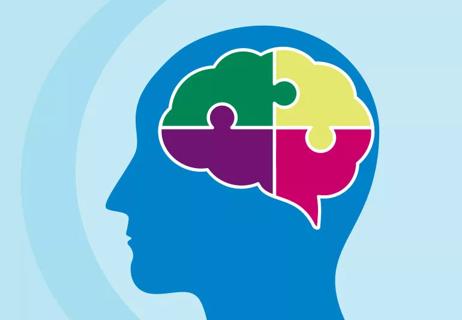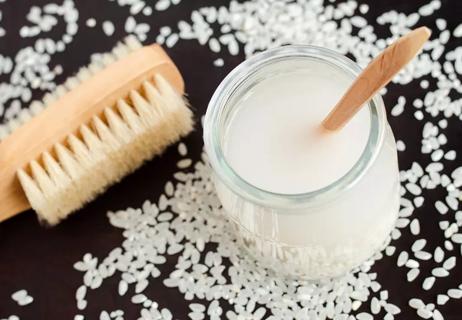Advertisement
Genetics may increase your risk of a substance use disorder, but that doesn’t mean it’s fated

Disease can be woven into your DNA — and that includes the disease of drug addiction.
Advertisement
Cleveland Clinic is a non-profit academic medical center. Advertising on our site helps support our mission. We do not endorse non-Cleveland Clinic products or services. Policy
About half of your susceptibility to developing a substance use disorder (SUD) can be hereditary. Genetics can mark you as more prone to use alcohol, tobacco products or drugs such as cocaine, heroin and opioids.
But does that mean your chance of addiction is essentially a coin flip if you have a family history of SUD? It’s a little more complicated than that, says addiction psychiatrist Akhil Anand, MD.
Thinking of addiction as genetic begins with understanding that addiction is a chronic relapsing brain disorder. “In many ways, it’s no different than having a family history with heart disease or diabetes,” says Dr. Anand.
Research shows that genetics have somewhere between a 40% and 60% influence on addiction.
The genetic connection to addiction comes through inherited levels of dopamine, a neurotransmitter made in your brain. Think of dopamine as your brain’s reward center. Basically, it acts as a “feel-good” hormone.
High levels of dopamine can fuel poor impulse control and tilt someone toward addictive behaviors.
“Now, that doesn’t mean that if you have the genes, or if you have family members that have struggled with addiction, that you’re going to develop an addiction,” explains Dr. Anand. “It just means you’re more prone to it.”
In other words, genetics indicate a predisposition — not a destiny.
Clearly, your family tree isn’t the sole indicator of addiction risk. The world around you also can play a significant role in opening a door that leads to problematic substance use, notes Dr. Anand.
Environmental factors that could contribute to addiction include:
The following groups also have an increased risk of developing a substance use disorder:
Advertisement
For starters, there isn’t a single path to addiction. Anybody can develop an SUD, and they can do it for any number of reasons in their life. “There’s no simple answer or explanation,” says Dr. Anand.
If you have a family history of SUD, there are steps you can take to reduce your risk. These include:
“While your genes may make you more susceptible to addiction, that is not a fated outcome,” says Dr. Anand. “But understanding your potential risks and taking action on them can help avoid adding to your family’s history of substance use.”
To hear more from Dr. Anand on this topic, listen to the Health Essentials Podcast episode, “How to Help Someone with an Alcohol Addiction.” New episodes of the Health Essentials Podcast publish every Wednesday.
Advertisement
Learn more about our editorial process.
Advertisement

A more open conversation on athletes and their mental health needs is overdue

Combat stress and anxiety — common chronic hives triggers — by focusing on sleep, staying active and leaning on others for support

Fostering romantic and/or sexual feelings for other people outside of your relationship can lead to long-term consequences

Taking care of yourself extends beyond symptom management and includes things like passion projects and meaningful moments

Connecting with loved ones, keeping a gratitude journal and reframing the situation may help the dread dissipate

Support groups, financial assistance and survivorship programs are all readily available

Our collective misremembering of events comes from a surplus of false memories

This alternative brain-body therapy focuses on unlocking pent-up feelings, memories and tension that may be stuck in your brain and body

Focus on your body’s metabolic set point by eating healthy foods, making exercise a part of your routine and reducing stress

PFAS chemicals may make life easier — but they aren’t always so easy on the human body

While there’s little risk in trying this hair care treatment, there isn’t much science to back up the claims